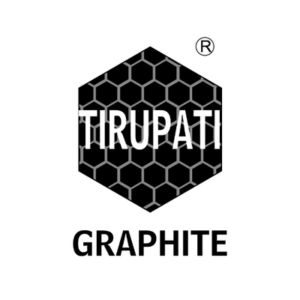The global energy transition and rapid digitalisation have placed critical minerals at the forefront of investor and policymaker attention. However, less is discussed about their role in military defence, especially as concerns grow over supply chain disruptions affecting these materials.
Today’s heightened global conflicts have increased the demand for minerals essential for military purposes. The ongoing wars in Eastern Europe and the Middle East, along with smaller conflicts in regions like Yemen and the DRC, have led countries to bolster their defences. This has increased the demand for critical minerals such as graphite, aluminium, steel, iron, rare earths, nickel, and titanium, all of which are vital in producing weapons and military equipment.
In the United States, the Department of Defense has prioritised bolstering the Navy and Air Force to respond to the threat posed by China in the Indo-Pacific region. The US military’s re-arming includes shipbuilding and aircraft procurement, all of which require substantial quantities of various metals. These include titanium for fighter jets, aluminium for missiles, and tungsten for munitions. At the same time, China continues to modernise its military with a focus on joint capabilities, expanding its naval fleet, and developing nuclear capabilities that pose a potential threat to the US and its allies.
Europe, too, faces military threats, especially after Russia’s invasion of Ukraine. The European Union has responded by enhancing its defence capabilities, including through increased weapons procurement. Nations like Poland have turned to suppliers outside Europe, purchasing military equipment from South Korea for rapid delivery. Meanwhile, Russia continues to expand its military presence, including utilising supplies from allies like China, Iran, and North Korea.
Despite these efforts, the US and its allies face a significant issue: a shortage of critical minerals. This is particularly concerning given China’s dominance in mineral production. China produces the majority of graphite and other essential minerals, which means that nations relying on these imports may face significant risks if supply lines are disrupted. This dependency is critical, as graphite is widely used in military hardware—from helicopters to missiles.
Recent reports reveal that China not only produces a significant share of these critical minerals but also refines them, making other countries dependent on Chinese exports. The US, without a robust domestic supply chain, faces the risk of mineral shortages in the event of heightened conflict. This dependence is worsened by the fact that China controls the majority of the graphite market, a material crucial for both military and renewable energy technologies. Restrictions imposed by China on minerals like gallium and graphite have already caused disruptions.
Graphite’s properties make it a valuable material in defence, owing to its ability to withstand high temperatures, light weight, and resistance to corrosion. It has numerous applications, from aerospace components to electric vehicles. The US military uses graphite in everything from missile casings to high-powered rockets, and shortages would severely impact the production of such equipment. Its strategic importance has even led to innovations like the graphite bomb, used to disable power grids without direct destruction.
Additionally, graphite plays an essential role in the renewable energy sector. It is a major component of electric vehicle (EV) batteries and is used in hydrogen fuel cells. With rising global demand for EVs, the need for graphite is increasing rapidly, pushing its demand up by many times over the coming decades. The US government has identified graphite as a critical material, but with no domestic production, the country remains heavily reliant on imports, primarily from China.
The reliance on foreign sources of critical minerals represents a strategic vulnerability, one that becomes especially problematic in a military context. Both the US and European nations are working to address these issues, but efforts to create robust stockpiles and diversify supply sources remain limited. Given China’s hold over the market, concerns are growing about potential shortages impacting military capabilities and technological advancements, especially in the face of growing tensions.
As demand for critical minerals such as graphite rises due to re-armament and energy transitions, the reliance on foreign, often adversarial sources creates significant geopolitical risks. The US and its allies must find ways to mitigate these dependencies, such as establishing domestic production and diversifying supply chains, to secure their defence and technological futures.
Tirupati Graphite PLC (LON:TGR) is a fully integrated specialist graphite and graphene producer, with operations in Madagascar and India. The Company is delivering on this strategy by being fully integrated from mine to graphene. Its global multi-location operations include primary mining and processing in Madagascar, hi-tech graphite processing in India to produce specialty graphite, and a state-of-art graphene and technology R&D center to be established in India.


